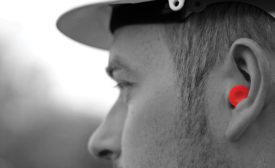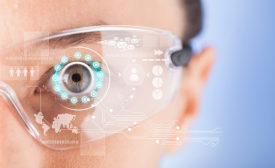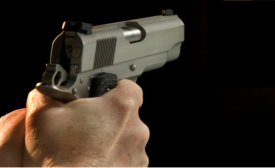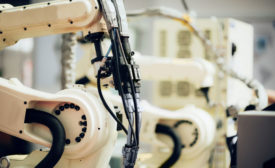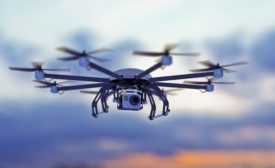ARTICLES
OSHA spells out FR protection specifics
Do your workers understand the hazards?
September 12, 2019
Great potential to reduce exposures and injuries, but there are concerns
Smart glasses, safer workers?
June 4, 2019
Gunned down at work
Why did a Virginia Beach employee open fire in his workplace?
June 3, 2019
OSHA in the age of robotics
Evolving tech may bring changes to 30-year-old LOTO rule
May 30, 2019
Company illegally fired employees after amputation
Co-workers who cooperated with OSHA terminated
May 9, 2019
Become a Leader in Safety Culture
Build your knowledge with ISHN, covering key safety, health and industrial hygiene news, products, and trends.
JOIN TODAYCopyright ©2025. All Rights Reserved BNP Media.
Design, CMS, Hosting & Web Development :: ePublishing

